What is evidence sealing? What are the regulations on order and procedures for sealing evidence in Vietnam - Thanh Tam (Quang Ngai)
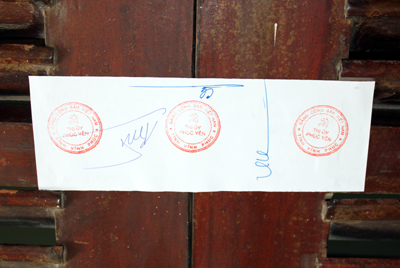
What is evidence sealing? Order and procedures for sealing evidence in Vietnam (Internet image)
1. What is evidence sealing?
According to Clause 1 of Decree 127/2017/ND-CP, the sealing of exhibits is a guarantee of the integrity of exhibits by:
- Putting exhibits into a safe, protected state, including wrapping, canning, putting into crates, bottles, jars, and other forms (called packing, sealing), and putting seals on the parts that can be opened to obtain, exchange, or change the integrity of the exhibits;
- For material evidences with a large volume and size or that cannot be moved, seal paper shall be glued on each part or on important parts of the material evidences;
- For some types of evidence, it is possible to use locks, clamps of lead wires, steel wires, and other forms to wrap the evidence and then glue them with sealing paper.
2. Principles of sealing evidence in Vietnam
Specifically, according to Article 4 of Decree 127/2017/ND-CP, the sealing of exhibits must ensure the following principles:
- Only seal and unseal exhibits when required to serve investigation, prosecution, trial, and judgment enforcement activities.
- Ensure the correct order, procedures, form, and authority as prescribed by law and this Decree.
- Ensure promptness and timelyness; ensure respect for the interests of the State, the lawful rights and interests of agencies, organizations, and individuals.
- Ensure the integrity of the evidence.
3. Order and procedures for sealing evidence in Vietnam
An evidence may be sealed or unsealed one or more times.
After each seal is opened, the material evidence must be re-sealed at the end of use according to the order and procedures specified in Decree 127/2017/ND-CP and sent to the place of preservation of the exhibits as prescribed by law.
Specifically, the sealing of exhibits is carried out in the following order and procedures:
* Step 1: Prepare to seal the evidence
- The person organizing the sealing of the exhibits invites or summons the participants to seal the exhibits;
+ In the case of related persons; representatives of agencies or organizations with interests, obligations, and responsibilities related to sealed exhibits have lost their acting capacity as prescribed by law or have died, the person organizing the sealing of exhibits invites their relatives or lawful representatives to participate in sealing the exhibits;
+ In case the person with interests, obligations, and responsibilities related to the evidence to be sealed is the accused or defendants being held in custody or temporary detention when sealing, the organizer performing the sealing invites their relatives, their defense (if any), or a representative of the administration of the commune, ward, or township where the organization seals the witness.
+ For material evidence requiring special preservation conditions such as poisons, radioactive substances, explosives, inflammables, bacteria, viruses, toxic parasites, blood samples, tissues, and human body parts and other specimens of the human body or other material evidence of similar nature must be sealed by a specialized agency.
In the event that a specialized agency has not arrived in time but considers it necessary to seal the exhibits immediately to ensure the integrity of the exhibits, they can still seal the evidence but must ensure safety.
+ For exhibits that cannot be sealed at the scene, they must be sealed in parts or important parts, then brought to the location decided by the agency competent to accept the case for sealing in accordance with the order and procedures specified in this Decree.
- Prepare necessary conditions for sealing evidence.
The person in charge of organizing the sealing of evidence must direct the preparation of necessary tools and means to serve the sealing, including the gluing of sealing papers, preservation, and movement of exhibits.
* Step 2: Seal the evidence
- Checking the exhibits to be sealed to describe in detail, fully, and accurately the actual status of the exhibits in the record of sealing the exhibits;
- Packing or sealing the evidence to be sealed (in case the evidence can be packed or sealed.
- Those who organize the sealing, participate in sealing the signed evidence, clearly write their name or fingerprint (with captions of the name of the person who is pointing) on the sealing paper (write or mark clearly in indelible ink). );
- Stamping the seal of the agency or organization that seals the exhibits or of the administration of the commune, ward or township where the organization seals the exhibits on the sealing paper;
- Pasting sealing paper;
+ For packed or sealed exhibits, the sealing paper must be glued over the parts that can be opened to retrieve the exhibits or that can affect the integrity of the exhibits;
+ For material evidence of large volume or size that cannot be moved, the sealing paper must be glued over important parts that determine the origin, origin, and characteristics of the evidence and grafted parts of the evidence;
+ Depending on each specific case, there must be a form of protection for the sealing paper to suit the conditions of transportation and storage.
- Checking the sealing of the evidence (the sealing paper must not be torn or deformed; the information written on the sealed paper must not be lost or deformed).
* Step 3: Finish sealing the evidence
Make a record of sealing the evidence.
The minutes must accurately describe the actual condition of the exhibits before and after sealing, with full signatures, full names, or fingerprints (with captions of the pointers' names) of those who organize and participate in sealing exhibits in accordance with the law and Decree 127/2017/ND-CP.
The minutes are made, put in the case file, and delivered 01 copy to the person, agency, or organization with interests, obligations, and responsibilities related to the sealed exhibits.
In the case of the person concerned; representatives of agencies or organizations with interests, obligations, and responsibilities related to the sealed exhibits, if the defense counsel fails to sign the sealing minutes, sealed papers, the person organizing the sealing of exhibits must make a written record clearly stating the reason in the presence of a representative of the administration of the commune, ward, or township where the exhibits are sealed.
In the following cases: Persons involved; representatives of agencies or organizations with interests, obligations, and responsibilities related to sealed exhibits (or their relatives or legal representatives), the defense counsel is not present or does not come without a plausible reason at the request of the agency or organizer that seals the exhibits; If the evidence has no owner or the owner or legal manager has not been identified, a record must be made, clearly stating the reason and requesting the participants to seal the record.
(Article 8 of Decree 127/2017/ND-CP)
Thanh Rin
- Key word:
- evidence sealing
- in Vietnam
- evidence
 Article table of contents
Article table of contents
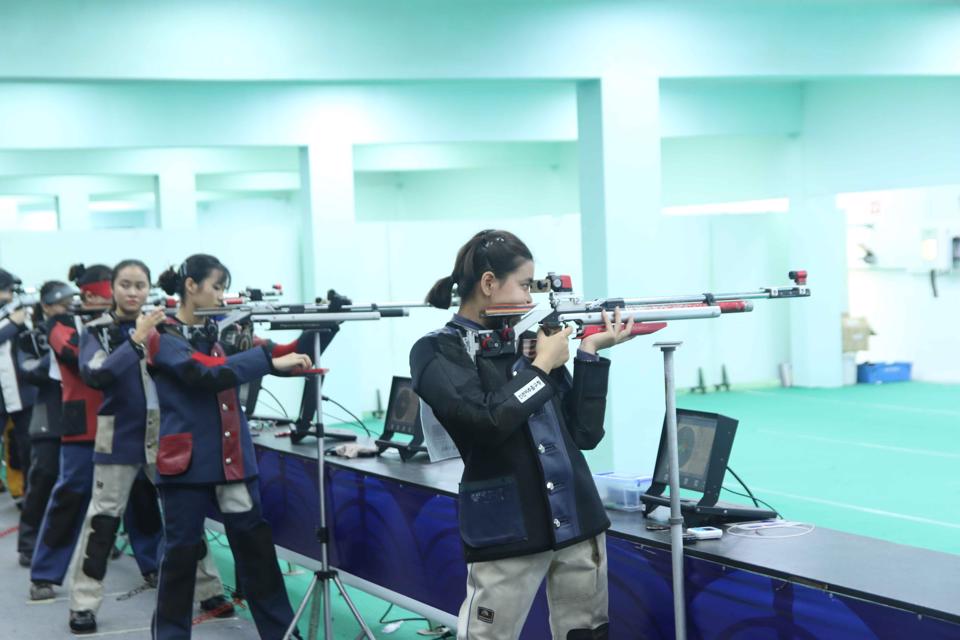



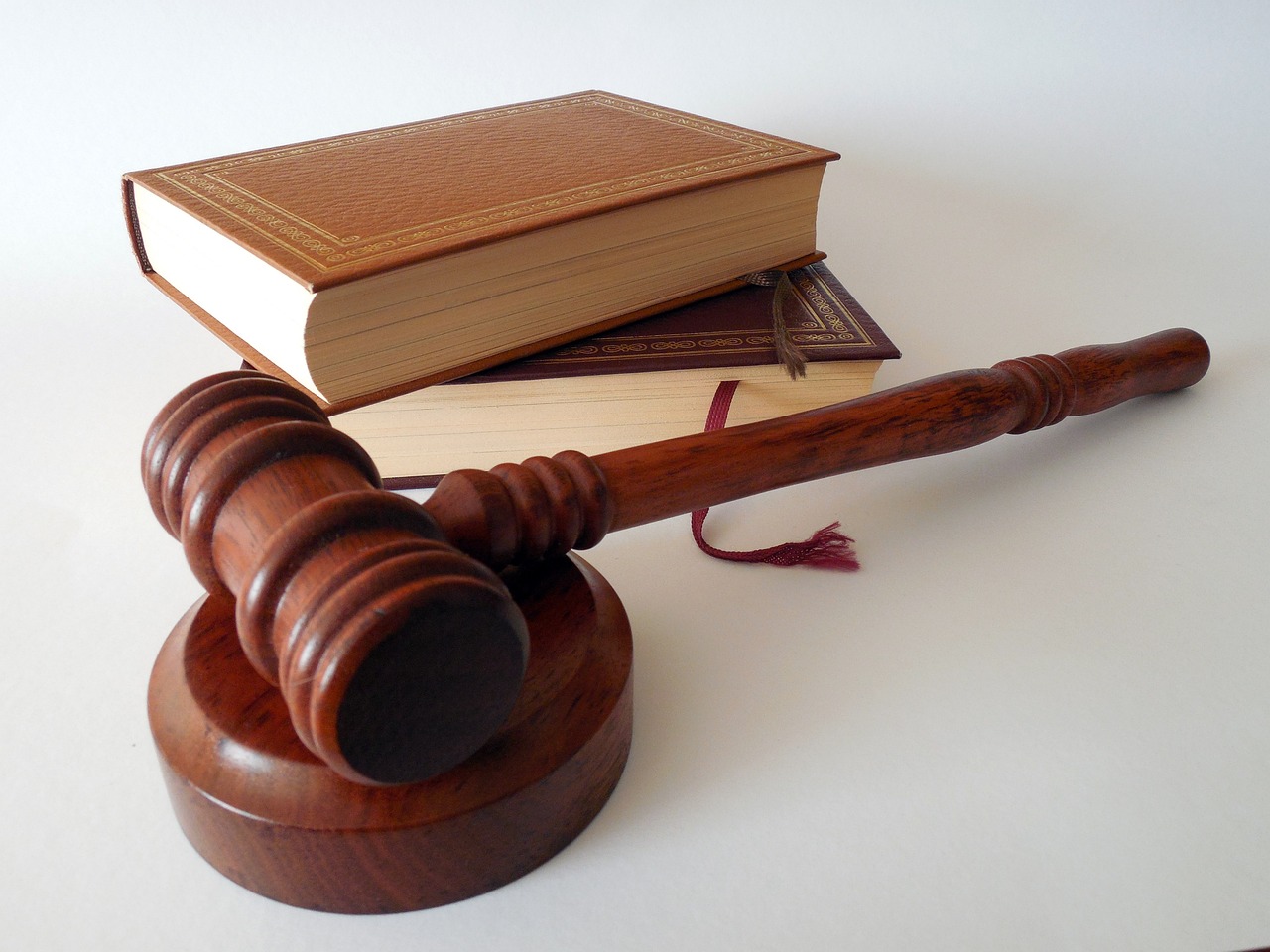
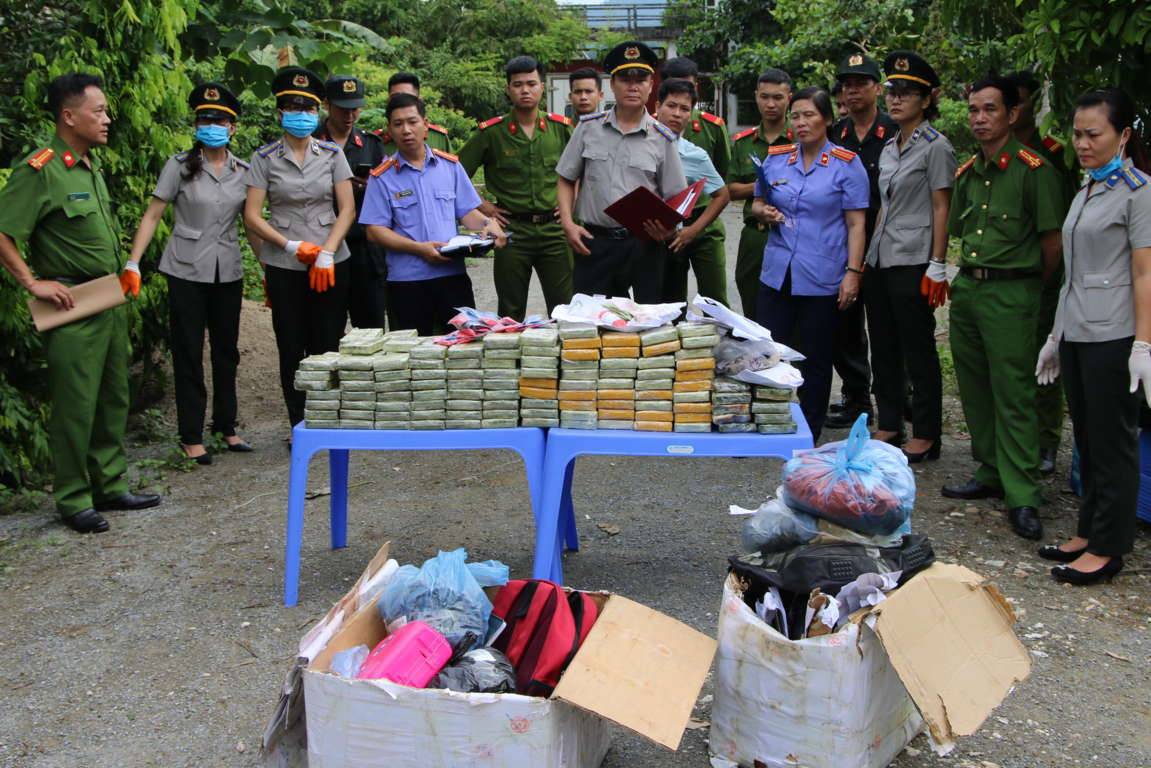
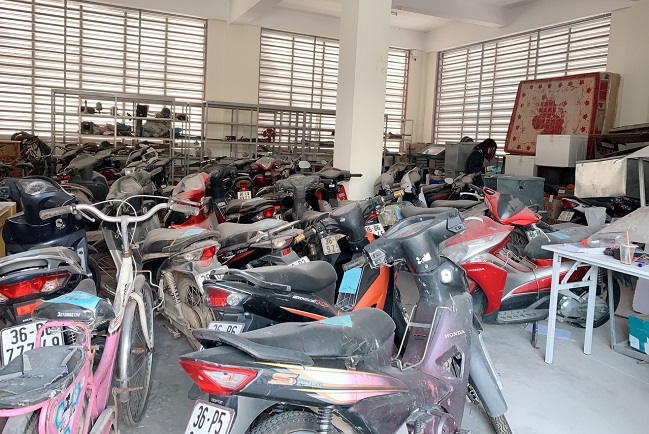
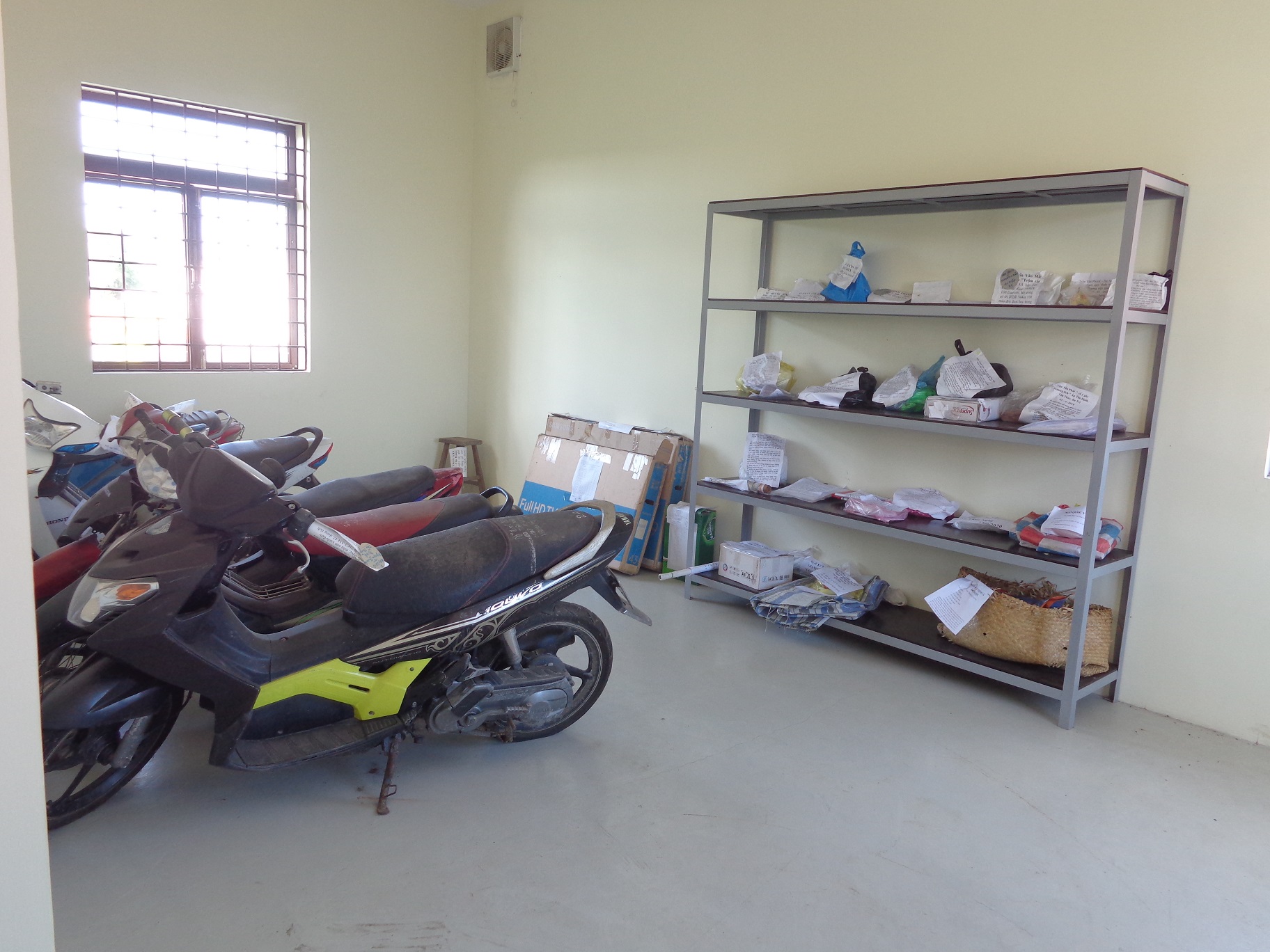


.Medium.png)
.Medium.png)
.Medium.png)
.Medium.png)
